Rimonabant
Rimonabant
168273-06-1
168273-06-1
广东 更新日期:2017-06-12
产品详情:
公司简介
深圳市浩博世纪生物有限公司位于深圳市龙岗区,是一家专业从事科研用生化试剂及相关产品销售的公司;
产品涉及生化试剂、化学试剂、抗体、对照标准品、ELISA试剂盒、细胞培养试剂、常用耗材及小仪器等;致力于为生物企业、科研院所、大专院校等提供全方位的科研实验服务。
公司与国内外知名企业,科研院校和多家代理商建立了良好的合作关系,是国内产品系列多,品种全,质量优的生物产品和生化试剂供应商。能够满足各生物企业、科研院所、医疗机构的各种需求,能长期提供一站式试剂供应服务。
| 成立日期 | (11年) |
| 注册资本 | 10万元人民币 |
| 员工人数 | 1-10人 |
| 年营业额 | ¥ 100万以内 |
| 经营模式 | 贸易,试剂,服务 |
| 主营行业 | 化学试剂,通用试剂,格氏试剂,绿色化学产品,基础有机试剂 |
Rimonabant相关厂家报价 更多
-
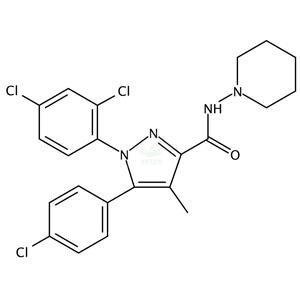
- 利莫那班 Rimonabant 168273-06-1
- 成都彼样生物科技有限公司 VIP
- 2025-12-31
- 询价
-
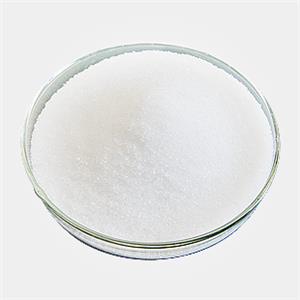
- 利莫那班
- 湖北恒化科技有限公司 VIP
- 2025-12-31
- 询价
-

- 利莫那班,99.9%利莫那班盐酸盐原粉
- 湖北鸿运隆生物科技有限公司 VIP
- 2025-12-31
- 询价
-
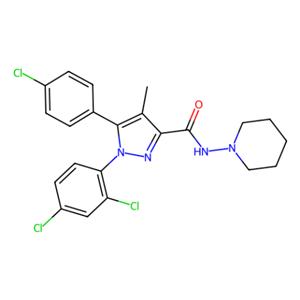
- aladdin 阿拉丁 R125003 利莫那班 168273-06-1 ≥98%
- 上海阿拉丁生化科技股份有限公司 VIP
- 2025-11-14
- ¥223.90
-

- 利莫那班|T1519L
- 上海陶术生物科技有限公司 VIP
- 2025-10-31
- ¥255
-

- 利莫那班
- 山东百鑫昌达生物科技有限公司
- 2025-10-28
- ¥6000
-
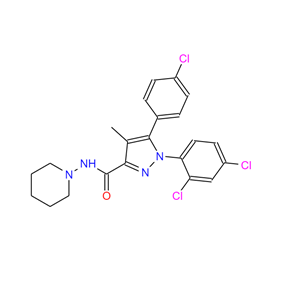
- 利莫那班 168273-06-1
- 宝鸡缔都医药化工有限公司 VIP
- 2025-09-23
- 询价
-

- 利莫那班
- 成都铭尼吉泰医药有限公司
- 2025-09-19
- ¥3800
-
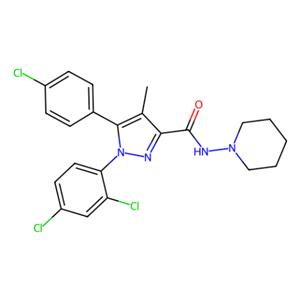
- aladdin 阿拉丁 R408400 Rimonabant (SR141716) 168273-06-1 10mM in DMSO
- 上海阿拉丁生化科技股份有限公司 VIP
- 2025-05-16
- ¥441.90
-

- Rimonabant (SR141716)
- 南京百鑫德诺生物科技有限公司
- 2024-09-26
- 询价


